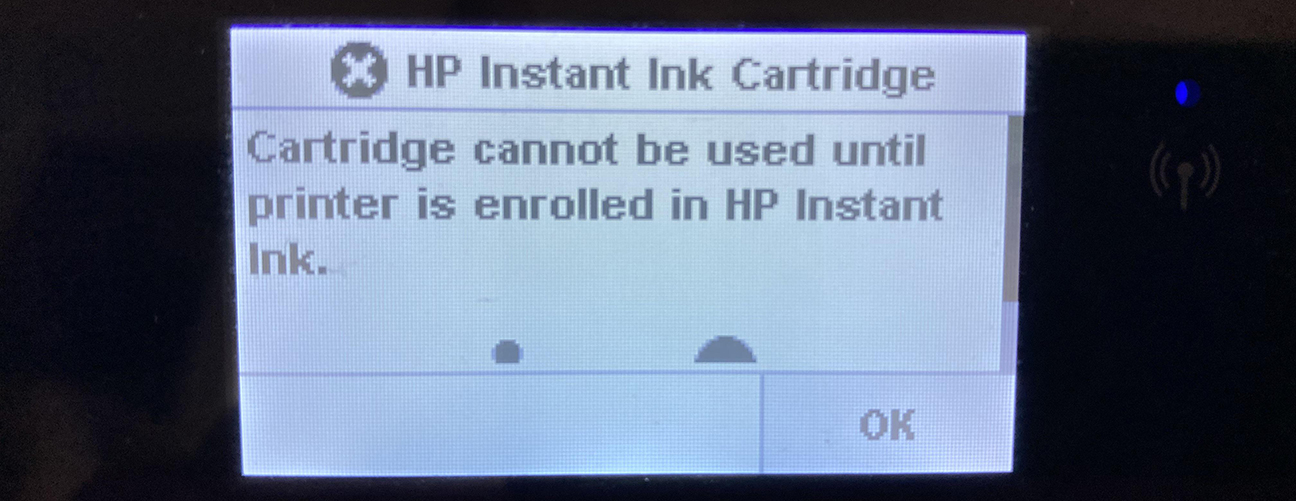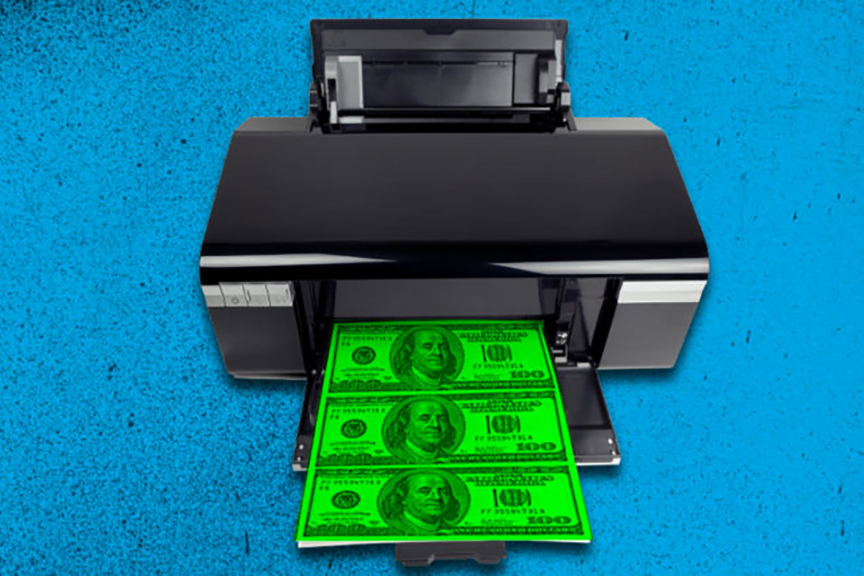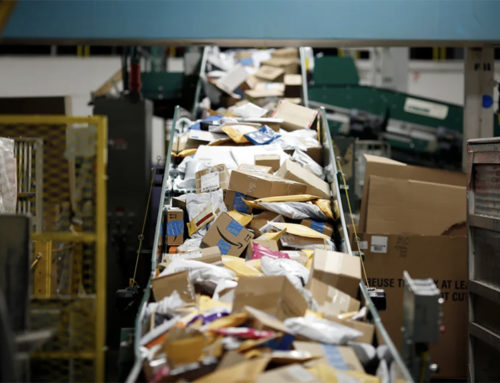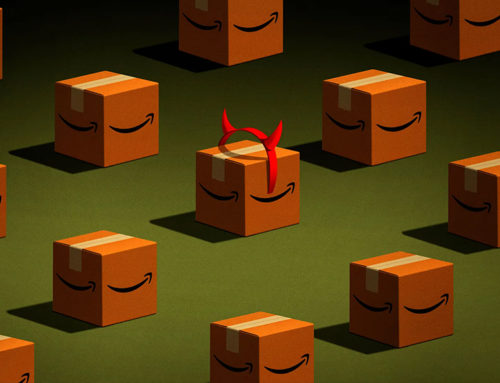Printers are commonplace in both homes and offices, making our lives more convenient by allowing us to produce physical copies of documents and images with ease. However, there’s a hidden cost that often leaves consumers feeling frustrated and financially burdened: the expensive ink cartridges that seem to run out far too quickly. Printer manufacturers appear to be cashing in by keeping us hooked on expensive ink purchases. Consumers need to explore alternative solutions to save money without compromising on print quality.
It’s easy to identify the methods that keep our wallets hooked to printer manufacturers after we commit to their brand printer.
One of the most common strategies used by printer manufacturers is referred to as the “razor and blades” model. In this model, like a razorblades handle, the printer itself is sold at a relatively low cost, while the ink cartridges, as represented by the razor blade cartridges themselves, are priced at a premium. This business model encourages consumers to purchase the printer without considering the long-term cost of ownership. Once they own the printer, they are essentially locked into buying the manufacturer’s proprietary ink cartridges, which can be significantly more expensive than third-party alternatives. The goal of printer manufacturers is to keep those cartridges proprietary – a concept that China is cashing in on every day.
Due to third-party ink manufacturers abroad, printer manufacturers often use proprietary ink cartridges and software locks to ensure that consumers can only use their branded ink. These proprietary cartridges are designed to work exclusively with specific printer models, making it difficult for consumers to switch to cheaper knock-off alternatives. Some printers, (as discussed here) are equipped with software locks that prevent the use of third-party or refilled cartridges, further limiting consumers’ options.
Did you ever notice that printers are notorious for displaying low ink warnings well before cartridges are actually empty? This tactic is intended to lead consumers to prematurely replace cartridges, resulting in wasted ink and added expenses. Some printers even go as far as refusing to print when a low ink warning is displayed, forcing users to replace cartridges regardless of their actual ink levels. It’s the evil thumb of oppression.
Modern ink cartridges are often equipped with chips that communicate with the printer. These chips track ink usage and can sometimes “expire” cartridges after a certain date, even if there is still ink remaining. This technology is used to encourage consumers to purchase new cartridges, contributing to the perception that printer ink runs out quickly. In recent news, (read about it here) Epson made a bold move to sue a handful of ink cartridge remanufactures who spare the environment from detrimental harm by using non-OEM chips to circumvent the “shut-off” from the spent OEM chip. This method allows the plastic core to be remanufactured and it gives the cartridge a second, and sometimes third life, avoiding the trip to the landfill. The printer manufacturer would rather the Earth suffer growing plastic waste problems than potentially reduce their profit margin by a negligible amount. Greed vs. decisions that benefit humanity clearly negate epson’s self-made claim of responsible sustainability.
To further capitalize on the need for ink, some printer manufacturers offer subscription services where customers pay a monthly fee for a set number of printed pages. While this may provide some cost predictability, it can also lead to overpaying for ink if you don’t use your printer frequently. If you simply don’t need it, why be subscribed to it coming a pre-determined times. This is on the consumer to know better.

Still, consumers have options to save money without compromising on quality or convenience. There are additional ways to cut costs and contribute to a more sustainable printing ecosystem.
- Remanufactured Ink Cartridges: Remanufactured ink cartridges offer a cost-effective alternative to brand-new cartridges. These cartridges are carefully cleaned, refilled, and tested to meet or exceed OEM (Original Equipment Manufacturer) specifications. By choosing remanufactured cartridges, consumers can significantly reduce their printing expenses while still enjoying reliable performance. It’s important to know the difference between factually remanufactured ink cartridges and overseas third-party manufacturers who call their products “remanufactured” and sell them at a low price. One easy way to know the difference is that if it’s distributed from China through Amazon, it’ isn’t remanufactured. Buy US remanufactured inks only!
- Public Access Printers: For those who print infrequently or only need occasional access to a printer, public access printing services are a viable option. Libraries, print shops, and co-working spaces often provide access to high-quality printers for a nominal fee. This approach eliminates the need to invest in a personal printer and deal with the associated costs of ink replacement.
- Recycling Initiatives: Properly recycling ink cartridges is a crucial step in reducing waste and closing the loop on the circular economy. Many printer manufacturers and retailers offer recycling programs where used cartridges can be returned for recycling or refilling. What’s better, companies like Planet Green Recycle offer fundraising in exchange for recycling and then deliver top quality remanufactured OEM ink cartridges at low prices with a 100% satisfaction guarantee. You don’t get that from third-party manufacturers. This not only reduces the environmental impact but also supports the production of more affordable, remanufactured cartridges.
- Buy Recycled: As a conscientious consumer, consider purchasing products made from recycled materials, including recycled ink cartridges. Supporting the recycled products market helps reduce the demand for virgin materials and fosters a more sustainable economy.
It’s true, printer manufacturers want you chained to their work, they’re in business to make money – and they make billions of dollars a year. As a consumer, however, you have a right to choose. You can choose to print within your budget, and you should have the right to choose how. Consider these options when you look for your next printer or when you review your annual printing budget. The truth is, do a little homework and you can save a lot!






